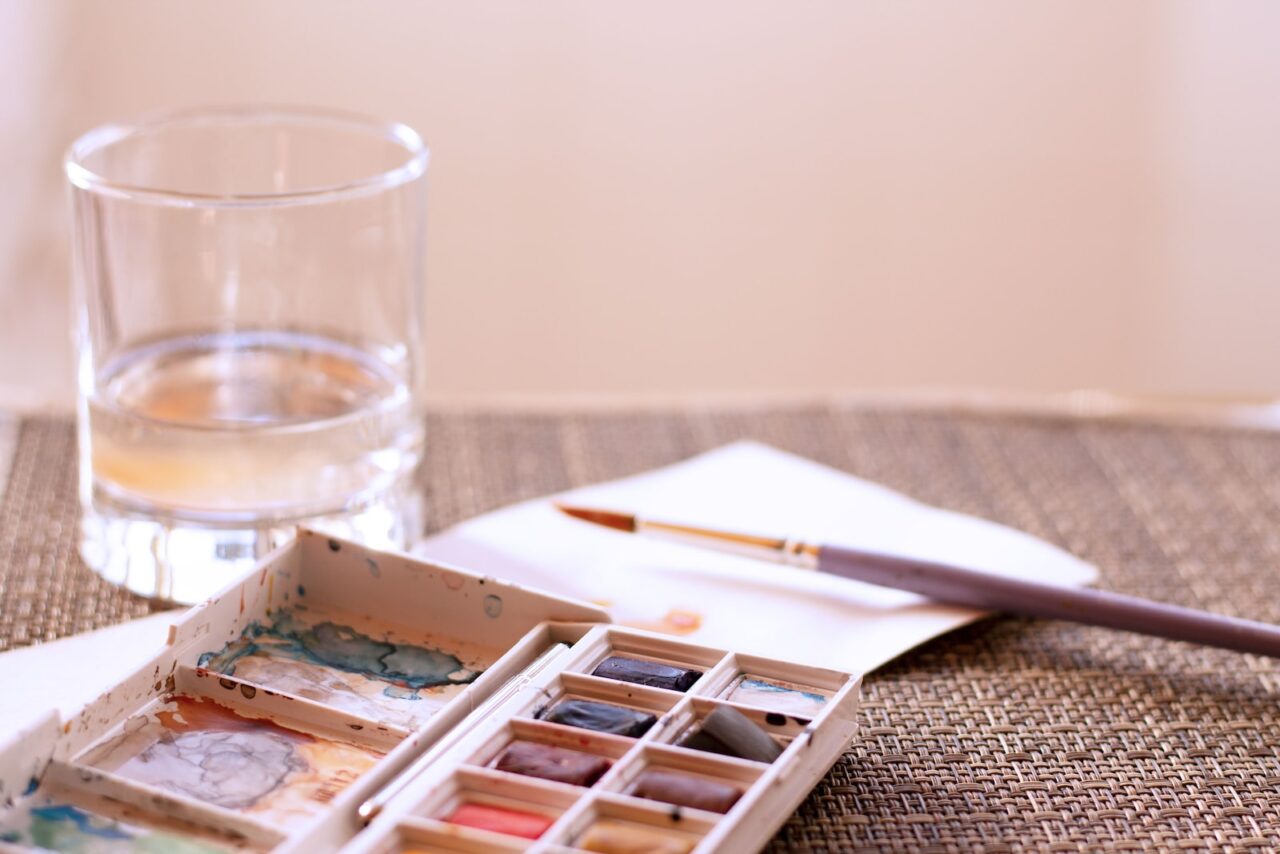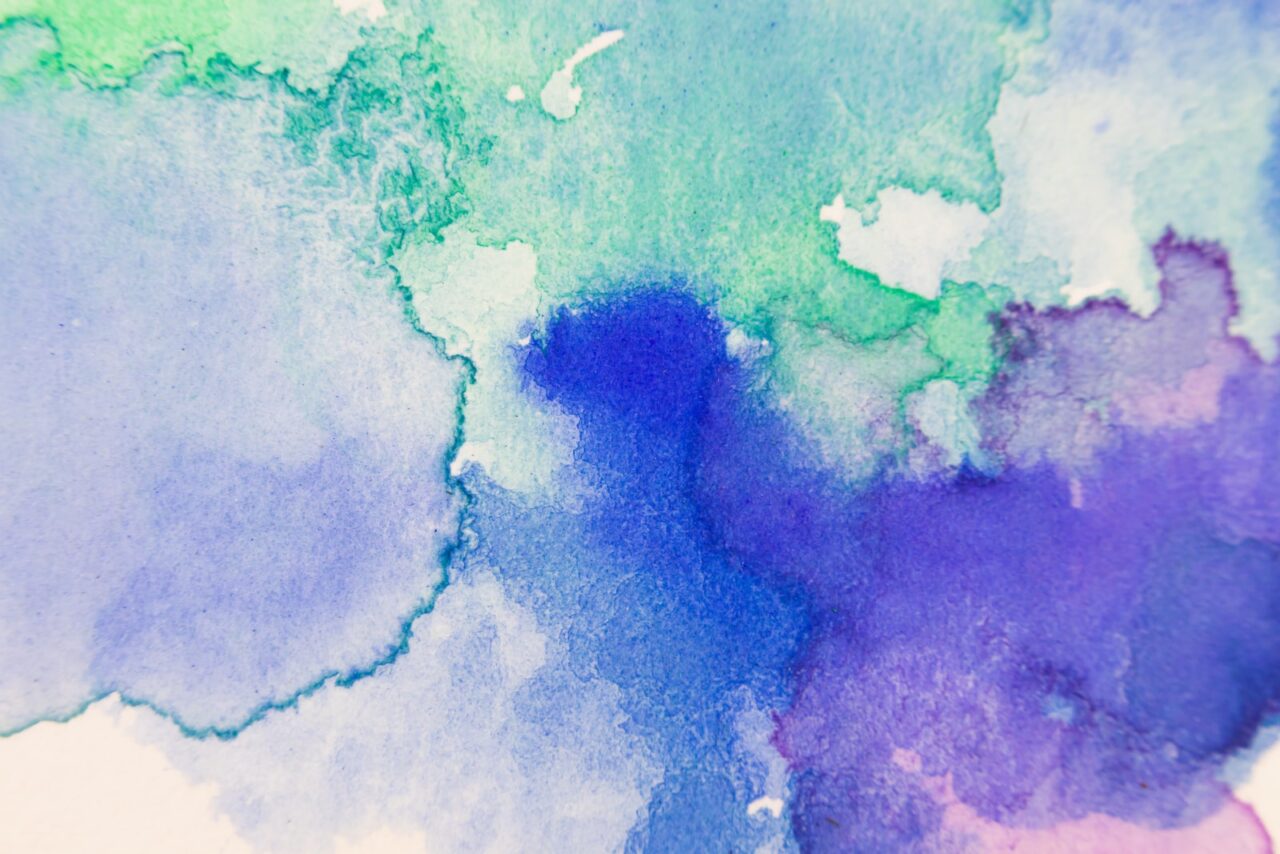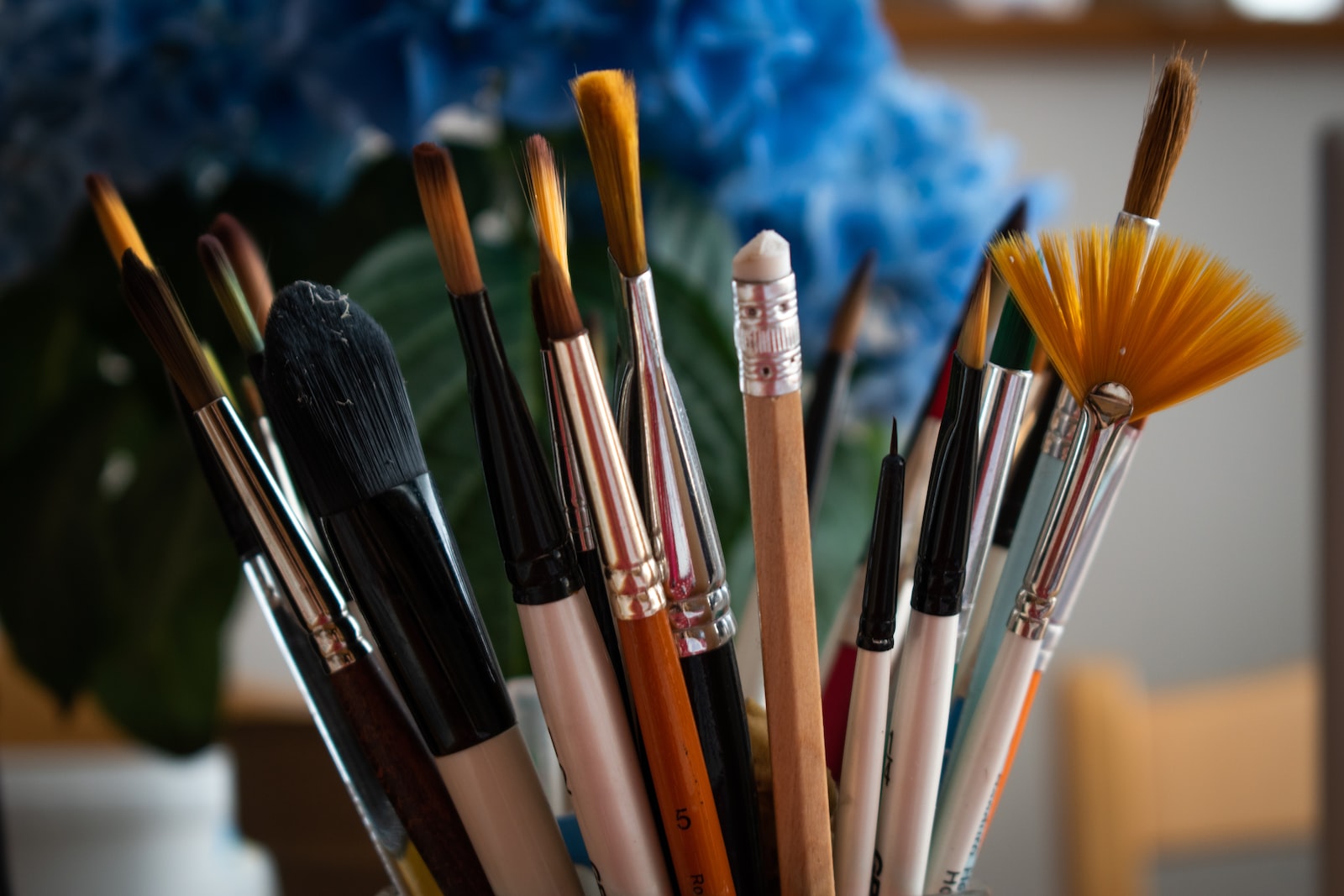One of the most important aspects of watercolour painting is the sense of colour. Some people have an inborn talent for discerning colours. Most of us don’t have that innate gift and have to learn them from scratch. Happily, it is one talent that can be studied and mastered.
In watercolour painting, mixing colours has become an art in itself. A wrong shade here or there can either attract or repel a viewer. Of course, it may take a long time to master such a simple thing as colour. Happily again, some people are fast learners.
The Basics

In school, we get to know that the basic colours are red, yellow and blue and that the secondary colours are green, orange and purple.
In basic art classes, we are also taught that reds, oranges and yellow are named warm colours. Greens, blues and purples are cool colours.
Mixing

One of the first lessons in mixing colours is this — the most intense (and the purest) colours come from combining two primary colours that lean toward the same secondary colour. On the other hand, the more colours you mix together, the less pure your mixtures will become.
The difficulty in mixing watercolour paints comes from the absence of a “colour neutral” tube colour for each of the primary colours red, yellow and blue. Some claim they have them but these are colours that are just close and that most of them have a colour bias or they lean towards some other colour.
Combinations
Mixing colours need not be very complicated if you try to think first about the colour you want to produce. If, for instance, you want pure vibrant purple, get it from a red and a blue that is biased towards purple.
A less intense purple can be had from the orange-biased red and a purple-biased ultramarine blue. For a dull purple, use orange-biased red and green-biased blue.
The same principle, more or less, governs colours that are opposite each other on the colour wheel (ex: red and green). When mixed together, these colours will simply neutralize each other, producing only greyish, brownish colour.
(One technique: To produce the colour you want, use no more than three colours. Begin with the lightest one; add the darker one little by little until you get the shade you want.)
Neutralization
Mixing more than two pigments or mixing two pigments that are biased on two completely different colours will always result in “neutralized” mixtures. (“Neutralized” here means less intense or less pure.)
However, these less intense mixtures can be wonderful colours, too, and you need to know how to mix them to play them off against brighter, purer colours.
The science and the art
Another forgotten fact is that mixing colours is a matter of proportion. How much of each one goes into the mix determines the colour shade of that mix. However, never over-mix your pigments.
One last word — your watercolour looks different on paper and on the palette. Choose what suits you fine.


